The king palm, scientifically known as Archontophoenix cunninghamiana, is a spectacular and popular species of palm tree that belongs to the Arecaceae family. Here are some important points about King Palm:
ORIGIN AND DISTRIBUTION:
The king palm is native to the rainforests of Australia, particularly in the coastal areas of Queensland and New South Wales.
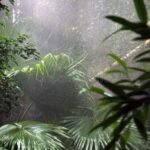
Appearance:
It is known for its graceful appearance, featuring an upright, slender trunk that can reach a height of up to 80 feet (24 m). The crown of the tree is characterized by a dense cluster of pinnate leaves, each leaf bearing numerous leaflets in a feather-like pattern.
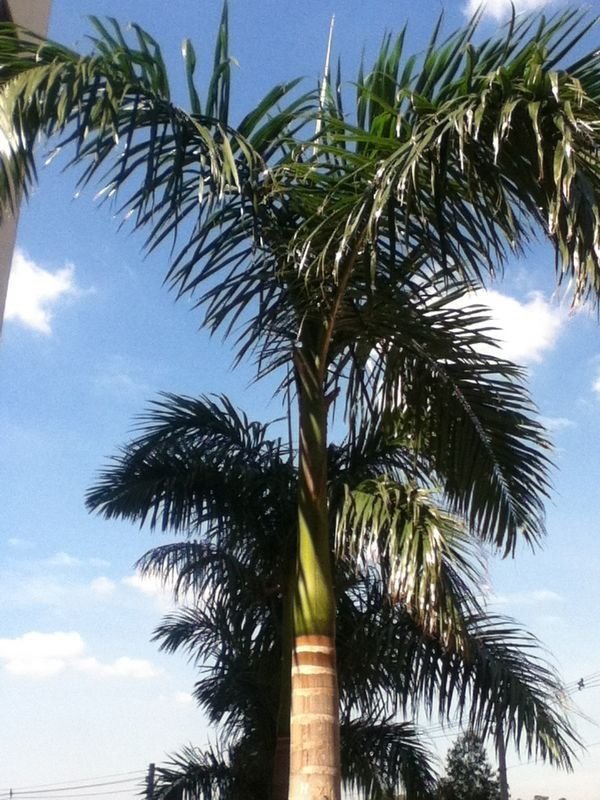
Addresses:
King palm leaves are bright green and can grow up to 10 feet (3 m) in length, adding to the tree’s formal appearance. Fronds form a beautiful canopy, provide shade and enhance the aesthetic appeal of the tree.
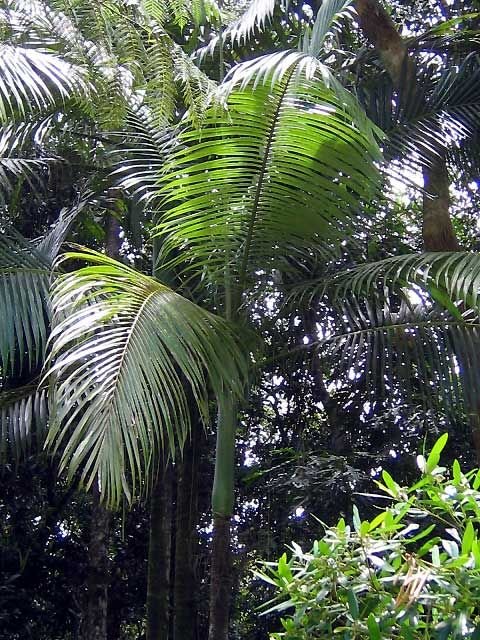
Flowers and Fruits:
King Palm produces small, creamy white flowers that are held in clusters. These flowers are followed by bright red or purple fruits that add a splash of color to the tree.
Scientific Classification:
- Kingdom: Plantae
- Clade: Angiosperms
- Order: Arecales
- Family: Arecaceae
- Genus: Archontophoenix
- Species: A. cunninghamiana
Cultivators:
There are several cultivated varieties of the King Palm, each with its unique characteristics. Some popular cultivators include the ‘Illawarra,’ ‘Bangalow,’ and ‘Alexander.
Growth Rate:
King Palm is known for its relatively fast growth rate compared to other palm species. In the best conditions, it can gain several feet in height each year.
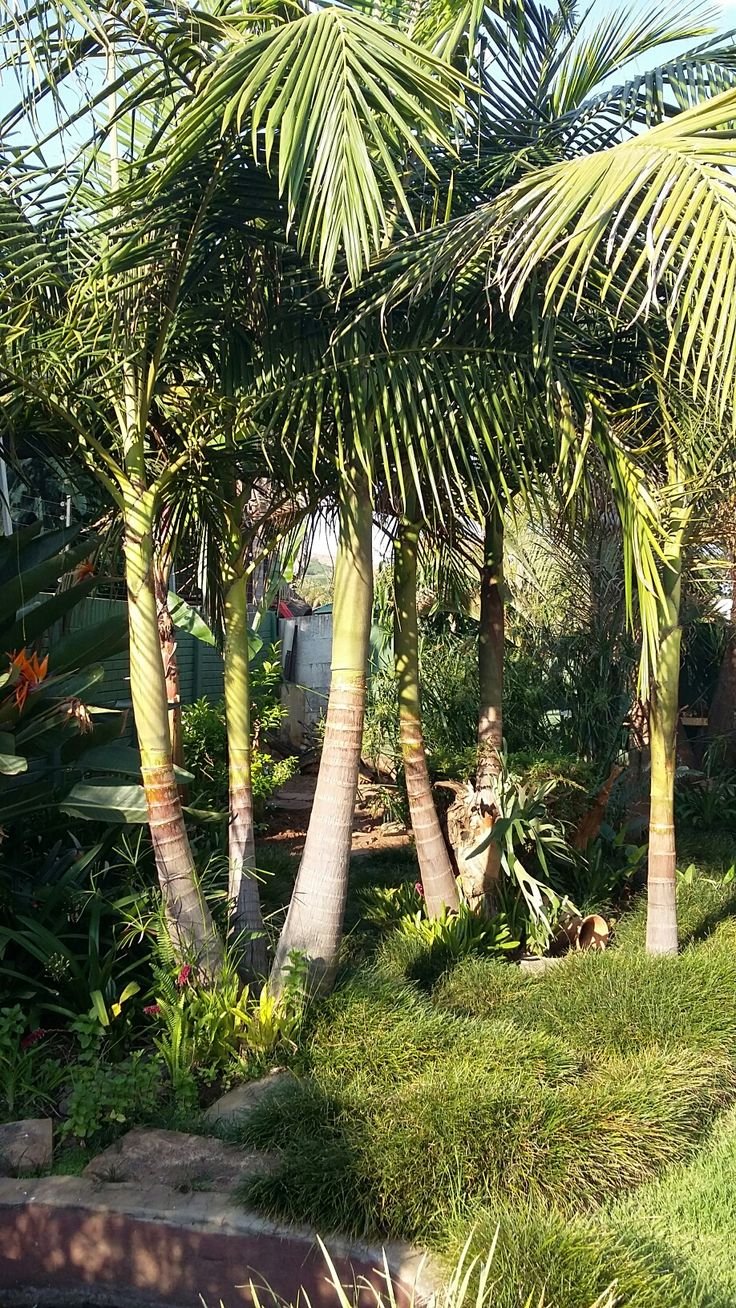
Landscaping Tips:
When using king palms in the landscape, consider planting them in groups for a more dramatic effect. Also, they are often used near ponds, in tropical gardens, and as avenue trees to create a lush, exotic environment.
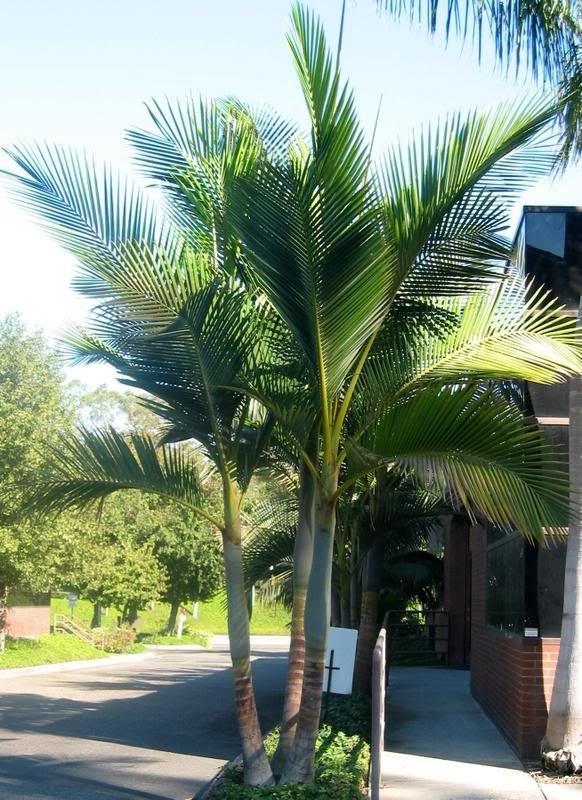
USES
Ornamental Planting
Landscaping
King Triumphs are widely planted for ornamental purposes in auditoriums, premises and other landscape systems. Their tall, elegant caddies and lush, feather-light flags add a tropical and luxurious touch to out-of-doors spaces.
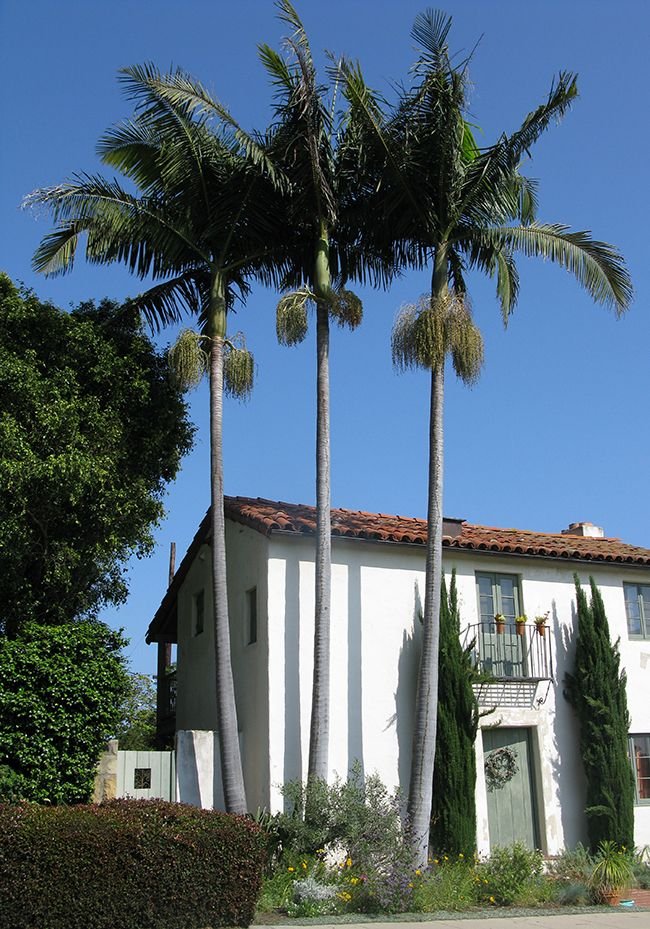
Wildlife Habitat
- In their native habitat in the rainforests of Australia, king triumphs play a role in providing habitat for colorful wildlife species. Cat calls, insects and other creatures may use the tree as a sanctuary or nest.
Aesthetics and shade
- The king palm’s large, arching fronds provide effective shade, making it a popular choice for creating shaded areas in auditoriums or near squares.
Erosion Control
- The extensive root system of King Triumphs can help with soil erosion in areas where they are planted. This can be particularly beneficial in areas with severe erosion.
Propagation:
King palms can be propagated by seeds. Seeds are usually large and should be planted in well-drained soil. Germination may take several weeks.
Resistance to Diseases:
Although generally hardy, king palms can be susceptible to diseases such as bud rot, which is a fungal infection. Proper maintenance, including regular inspections and adequate watering, can help prevent disease.
Human Use:
Indigenous Australian communities have historically used parts of palm trees for a variety of purposes, including construction and handicrafts.
Unique Features:
Finally, one of the distinctive features of King Palm is its self-cleaning ability. Older flags fall off naturally, reducing the need for extensive pruning.
Remember that although the king palm is a wonderful addition to the landscape, it is important to respect local regulations and consider the environmental impact of introducing non-native species to certain areas.